With slide rules and pencils, Katherine Johnson’s brilliant mind helped launch our nation into space.
No longer a Hidden Figure, her bravery and commitment to excellence leaves an eternal legacy for us all: https://youtu.be/E8wBJ71zJ34
With slide rules and pencils, Katherine Johnson’s brilliant mind helped launch our nation into space.
No longer a Hidden Figure, her bravery and commitment to excellence leaves an eternal legacy for us all: https://youtu.be/E8wBJ71zJ34

“I, personally, have pareidolia with respect to insects, beetles in particular,” Maddison told Space.com. “I’ve worked on beetles for decades; I have collected many thousands of beetles around the world. Through the years I have built into my brain a pattern-recognition system for picking out beetles.”
In other words, Rosomer is probably wrong, even though he probably thinks he’s right.
“I do not think there are insects on Mars,” Maddison added. “The photographs that are in that press release you sent are entirely unconvincing, as they fall within the range expected in zillions of non-insect objects photographed in lowish resolution on a Marscape.”

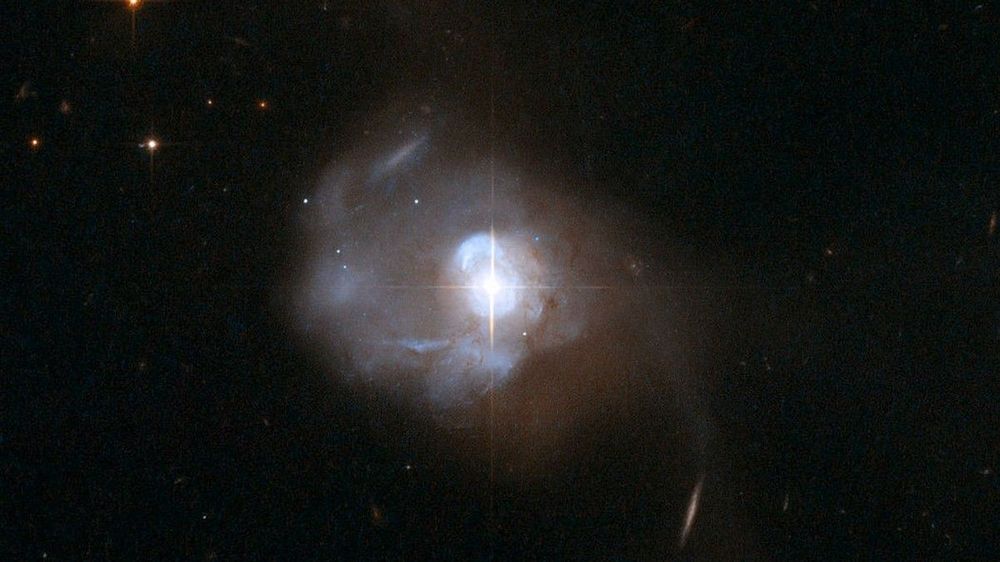
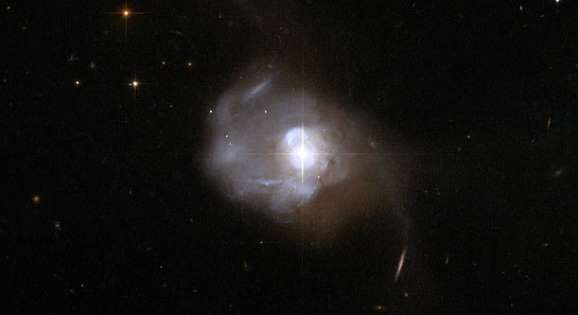

The discovery was made by a team of astronomers at Shanghai Astronomical Observatory, led by Junzhi Wang.
The team identified the presence of molecular oxygen by analyzing light waves that had reached Earth from Markarian 231, a galaxy around 581 million light years away.
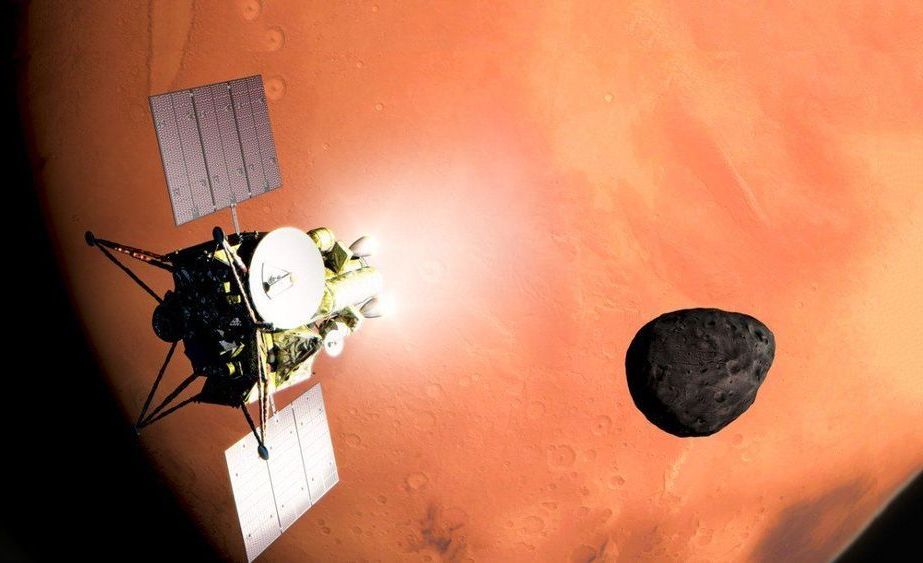
JAXA, Japan’s national space agency, has just approved a robotic mission to visit the Martian moons Phobos and Deimos and retrieve a small sample from the former to bring back to Earth.
The mission plan: It’s called Martian Moon eXploration, or MMX. JAXA currently plans to launch MMX in 2024 and make it to the Martian system the following year. MMX will spend three years in the system studying and mapping the moons. The mission will make use of 11 different instruments, including a NASA-funded instrument called MEGAE that will measure the elemental composition of both bodies (perhaps revealing signs of ancient water).
The mission will also deploy a small rover to zip around the surface of Phobos, not unlike what JAXA’s Hayabusa2 mission deployed on the surface of the asteroid Ryugu.
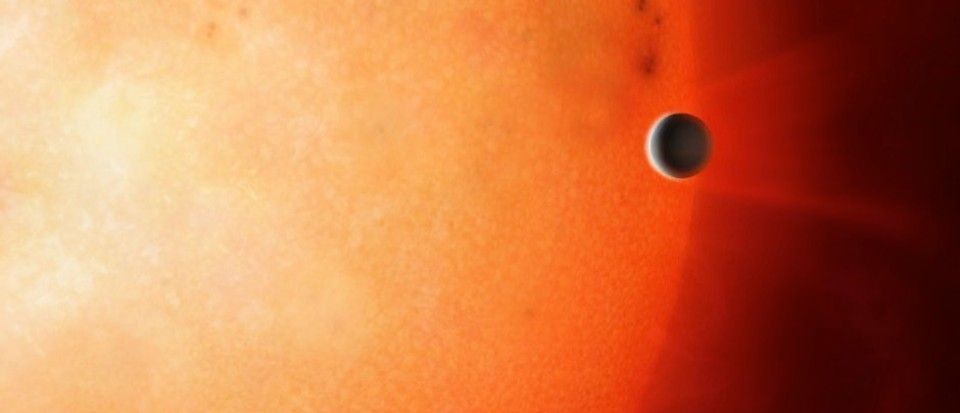
Astronomers have observed an exoplanet orbiting a star in just over 18 hours – the shortest orbital period ever seen for a planet of its type.
This means that a single year for this hot Jupiter-like planet – a gas giant similar in size and composition to Jupiter in our own Solar System – passes in less than a day of Earth time.
Scientists believe the discovery may help solve the mystery of whether such planets are in the process of spiralling towards their suns to their destruction.

Now, five years later, their gamble appears to have paid off. Not only did New Horizons achieve a next-to flawless flyby of Arrokoth, the most distant object ever visited, but buried in its gigabytes of data—which have been trickling back to Earth ever since the New Year’s Day 2019 rendezvous—lies empirical evidence that strikes against a classic theory of how planets form. The New Horizons team published their latest analysis of the ancient body and how it came to be in a trio of papers appearing in Science last week.
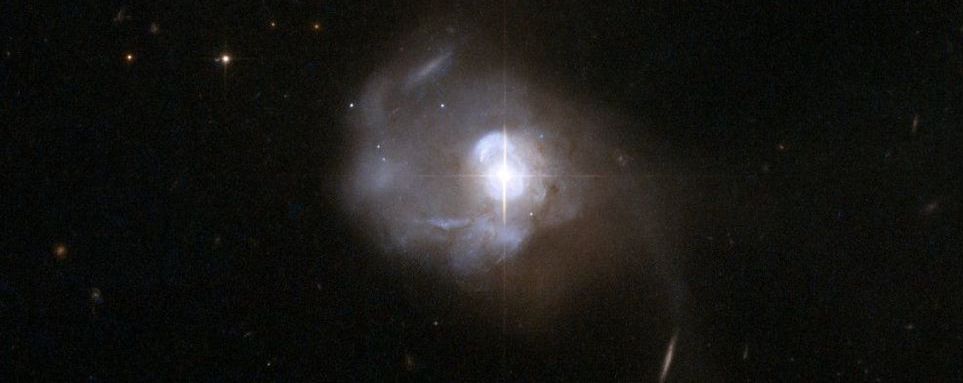
In a wild galaxy over half a billion light-years away, astronomers have detected molecular oxygen. It’s only the third such detection ever outside the Solar System — and the first outside the Milky Way.
Oxygen is the third most abundant element in the Universe, behind hydrogen (naturally) and helium. So its chemistry and abundance in interstellar clouds are important for understanding the role of molecular gas in galaxies.
Astronomers have searched for oxygen again and again, using millimetre astronomy, which detects the radio wavelengths emitted by molecules; and spectroscopy, which analyses the spectrum to look for wavelengths absorbed or emitted by specific molecules.